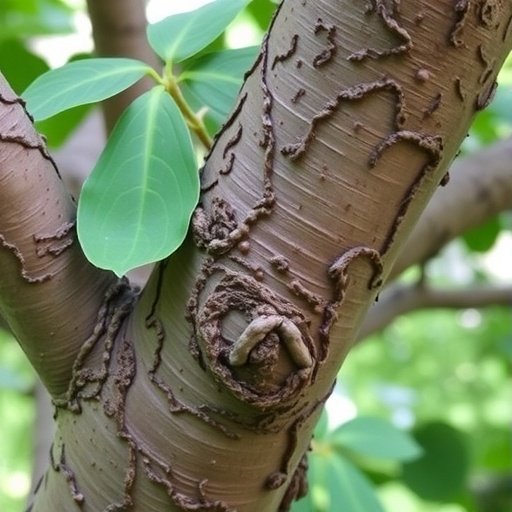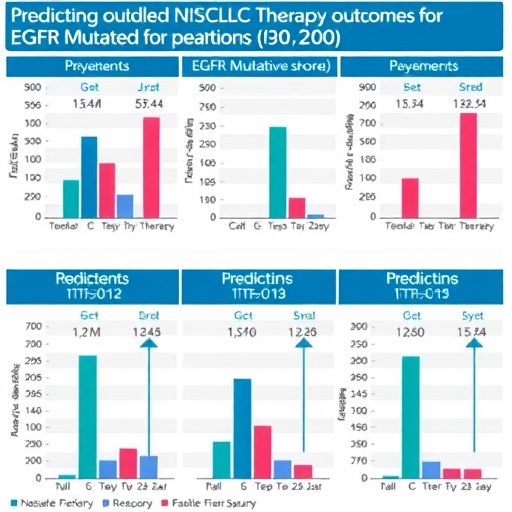CORVALLIS, Ore. – Researchers have learned that precursor cells for skeletal muscles actually also give rise to neurons, blood vessels, blood cells and immune cells, pushing science one step closer to generating body parts in a laboratory.
Findings were published today in Scientific Reports.
Combining developmental biology, genetics and bioinformatics, scientists at Oregon State University confirmed that Pax3+ cells act as a multifaceted stem cell niche for multiple organs at embryonic stages.
"We now have the ability to label cells based on expression profiling of sequence-specific transcription factors," said corresponding author Chrissa Kioussi, professor in the OSU College of Pharmacy. "We can give a molecular code to each cell, to make it distinct in time and space – during the progression of a cell the code changes. That's beautiful because now we can discover niches, stem cell pockets, and we can use this information to fix so many genetic or environmentally caused disorders. This gives us the possibility to make an entire cell lineage, or an entire organ, in a petri dish."
Using a mouse embryo model, Kioussi and collaborators in Oregon State's colleges of Veterinary Medicine and Engineering compared gene expression profiles of the Pax3+ cell population over several days. They isolated lineage-traced cells from forelimbs at different embryonic days and performed whole-transcriptome profiling via RNA sequencing.
"That let us identify genes involved in the skeletal, muscular, vascular, nervous and immune systems, all of which go into making a functional limb," Kioussi said. "Expression of genes related to the immune, skeletal and vascular systems showed big increases over time, which suggests Pax3+ cells give rise to more than muscles – they're involved in patterning and the three-dimensional formation of the forelimb through multiple systems."
The research opens the potential to use stem cell pockets, for example, to grow a new arm or leg or other organ for someone who's lost a body part to accident or disease.
"That cell population can give rise to so many different cell types, we can use it at the development stage and allow it to become something else over time," Kioussi said. "It's a great source we have to fix different organs with issues from injury, toxicity from drugs, anything that can generate cell death in any part of our body. A genetic program that runs during embryogenesis normally generates adult cell types. We can identify these cells and be able to generate not one but four different organs from them – this is a prelude to making body parts in a lab."
She likens the research to a mechanic taking apart an engine down to every last nut, bolt and washer.
"An engine has so many little parts, and you can't fix a broken engine if you don't know what all of these little parts do," she said. "Likewise, you can't make a limb if you don't know about all of the cell parts within the limb. You can't use only bone or only muscle or only veins, you need everything working together."
###
Collaborating with Kioussi were Arun Singh, Chih-Ning Chang, Hsiao-Yen Ma, Theresa Fritz and Stephen Ramsey. This work was supported by the College of Pharmacy.
Media Contact
Chrissa Kioussi
[email protected]
541-737-2179
@oregonstatenews
http://oregonstate.edu/
http://bit.ly/2InBVy5
Related Journal Article
http://dx.doi.org/10.1038/s41598-018-25998-1




